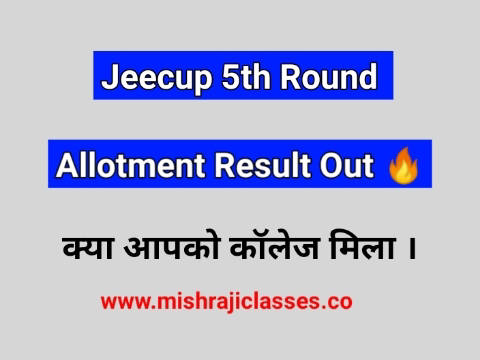Automobile Engineering New Syllabus (ऑटोमोबाइल इंजीनियरिंग सिलेबस)
दोस्तों अगर आप लोग भी एक पॉलिटेक्निक के विद्यार्थियों तो आज के इस आर्टिकल को आप लोगों को पूरा पढ़ना चाहिए क्योंकि इस पोस्ट के माध्यम से मैंने डिप्लोमा मैकेनिकल ऑटोमोबाइल फिफ्थ सेमेस्टर के विद्यार्थियों के लिए एक सब्जेक्ट ऑटोमोबाइल इंजीनियरिंग के सिलेबस को लेकर आया हूं अगर आप लोग भी ऑटोमोबाइल इंजीनियरिंग के सिलेबस को देखना चाहते हैं तो इस आर्टिकल को पूरा जरूर पढ़ें।
All Chapter Details
1. परिचय (Introduction)
2. पारेषण प्रणाली (Transmission System)
3. स्टीयरिंग प्रणाली (Steering System)
4. ब्रेकिंग प्रणाली (Braking System)
5. सस्पेंशन प्रणाली (Suspension System)
6. बैटरी (Battery)
7. निकाश तत्वों का उत्सर्जन (Exhaust Emission)
Detailed contents
1) Introduction
• Automobile and its development.• Various type of automobiles manufactured in India, Their manufactures and location of their manufacturing unit.
• Classification of automobiles.
• Layout of chassis.
• Types of drives-front wheel, Rear wheel, Four wheel.
• Introduction to electric and hybrid vehicles.
• Governing of fuel-carburettor, Electronic control module (ECM i.e, 8 bit , 16 bit and 32 bit computers).
• Concept of double overhead cam, single overhead cam, Twin cam 16 velvetechnology in 4 cylinder engine.
2) Transmission System
• Clutch - Functions, Construction detail of single plate and multi plate friction clutches, Centrifugal and Semi centrifugal clutch, Cone clutch, Hydraulic clutch.
• Gear Box - Function , Working of sliding mesh, Constant mesh and synchromesh gear box, Torque converter and overdrive, Introduction to Automated Manual Transmission, Automatic Transmission and Continuously Variable Transmission.
• Propeller shaft and rear axle - Function, Universal joint , Differential , Different type of rear axle and rear axae drives.
• Wheels and Tyres - Types of wheels, Types and specification of tyres used in Indian vehicles, Toe in , Toe out, Camber, Caster, Kingpin inclination, Wheel balancing and alignment, Factors affecting Tyres life.
3) Steering System
• Function and Principle , Ackerman and Davis steering gears, Types of steering gears- Worm and wheel , Rack and pinion, Power steering- Hydraulic and Electrical.
4) Braking System
• Constructional details and working of Mechanical , Hydraulic , Air and Vacuum brake , Relative merits and demerits. Details of Master cylinder, Wheel cylinder, Concept of brake drum, Brake lining/pad and Brake adjustment, Introduction to Anti-lock brake System and it's Working.
5) Suspension System
• Function and types of Coil spring, Leaf spring, Air suspension, Shock absorber -Function, Construction and Working of Telescopic type.
6) Battery
• Constructional detail of lead acid cell battery, Specific gravity of electrolyte- effect of temperature on specific gravity, Specification of battery- Capacity , Rating, Number of plates, Selection of battery for particular use, Battery charging, Chemical reactions during charge and discharge, Maintenance of batteries, Checking of batteries for voltage and specific gravity.
• Batteries for electric and hybrid vehicles.
7) Exhaust Emissions
• Type and use of catalytic converters, Selective catalytic reduction method for emission control, Emission norm standard I.e. Bharat norms.








